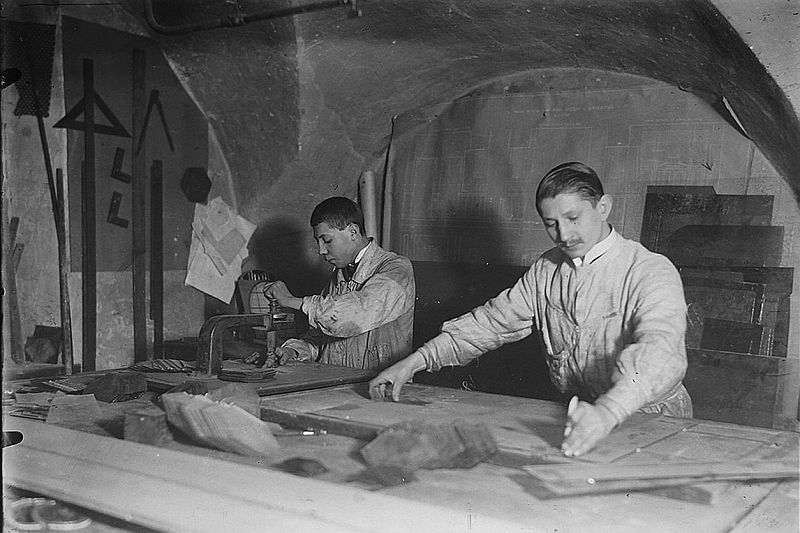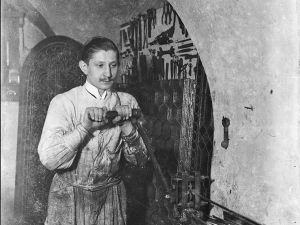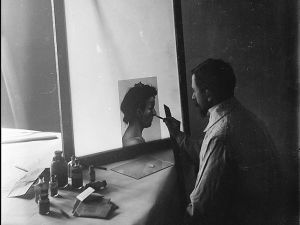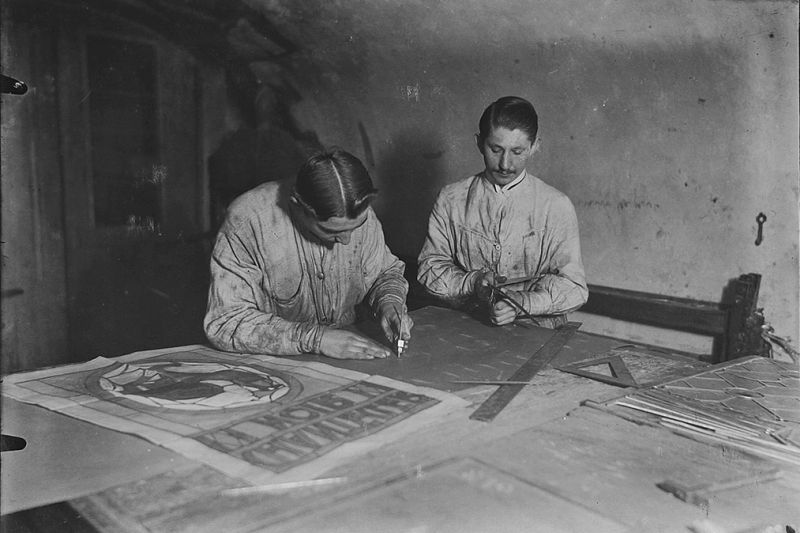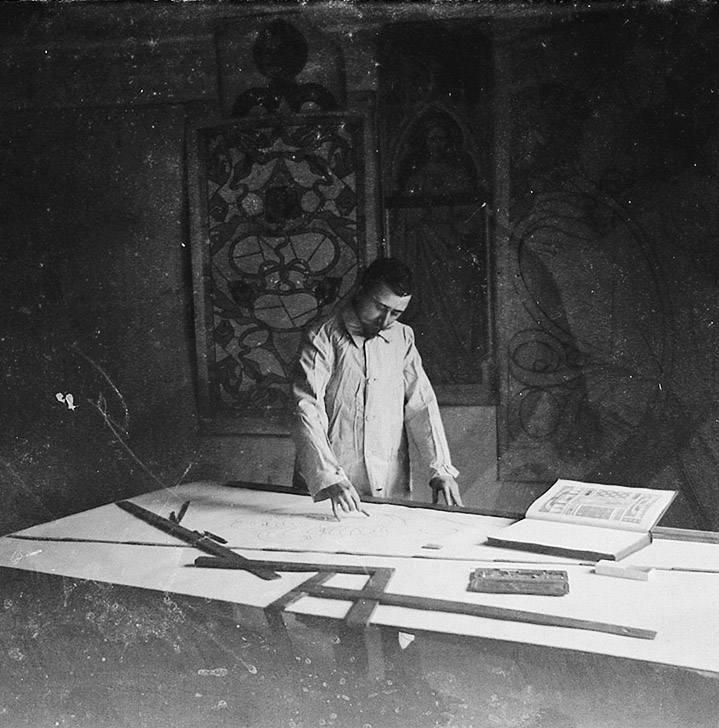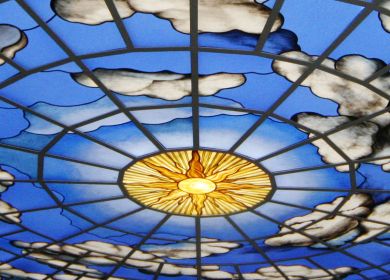CO JE VITRÁŽ, Vitráž je, o vitráži.
S tained glass is chiefly a window filling. Originally, in the ancient time, it began to replace tanned skin, greasy parchments, wooden shutter, mica or alabaster plates or at best a small glass plates, fitted into the massive wooden structures.
These plates, even though they protected dark rooms from outside and its climatic effects, they didn’t let in any light, or only very little. We must realize that the manufacture of a sufficiently large plate of glass is an achievement only two centuries old. The right answer to the question, who came up with the idea of connecting small glass plates together with the use of malleable and easily fusible lead, we certainly never found out. But we know, it was a long time ago and it took a long time, before the bulky mass of lead surrounding small shards of glass or translucent minerals transformed into subtle H-profile in the form which it’s been in use for thousand years and we still use it nowadays.
With this idea, all it took was, if glass-maker was able to create enough small glass plates with the intended shape, then slip them one by one, into the lead profile, then solder them together with tin at the joints and stained glass, window filling, which seals off outside and at the same time lets in the interior sufficient amount of light, was born.
A long with the advancement and improvement in technology of glass and lead production, their price began to fall and stained glass was slowly becoming a common part of the architecture. And as such it naturally became liable to cultural and aesthetic influences, on the basis of the architecture and all of its components, including the smallest details permanently developed and continue to develop. Stained glass ceased to be mere window pane and it became the artistic element, especially significant in terms of interior space.

